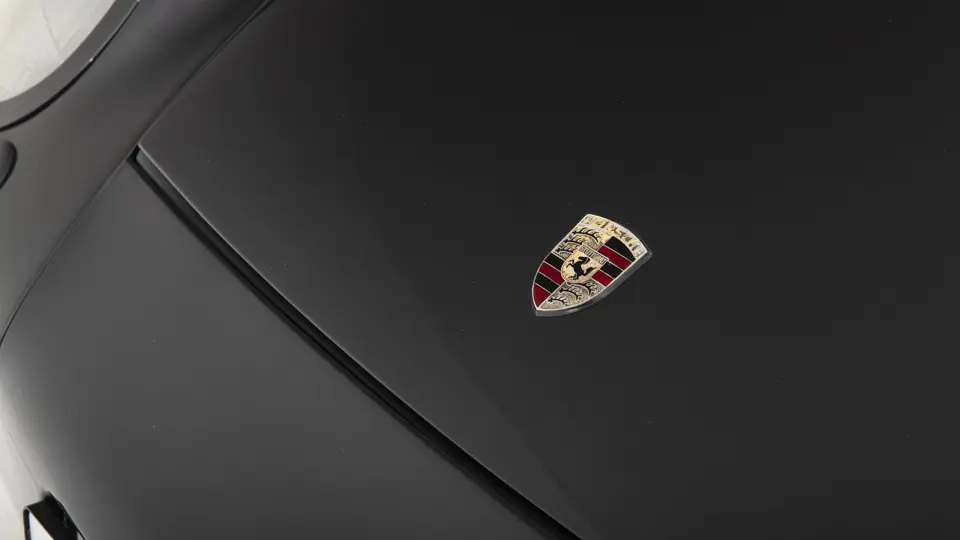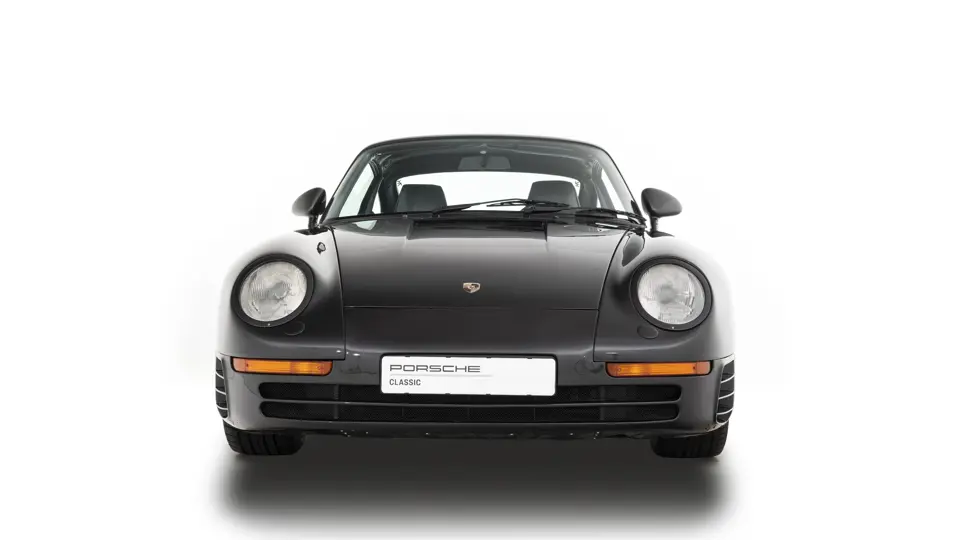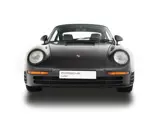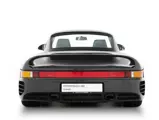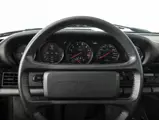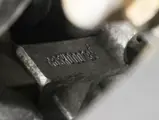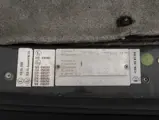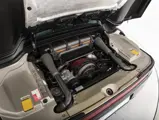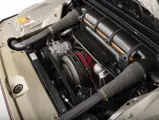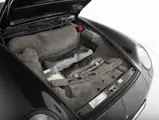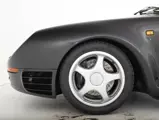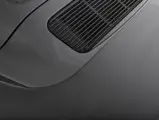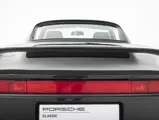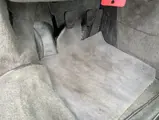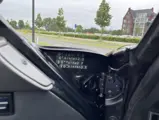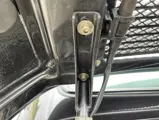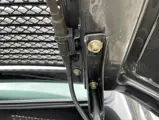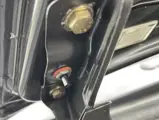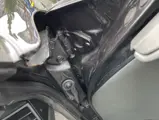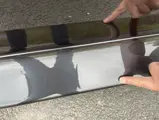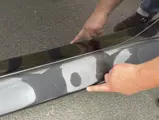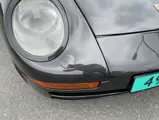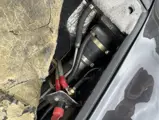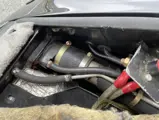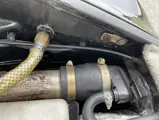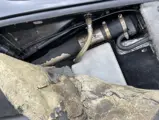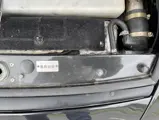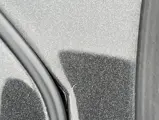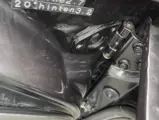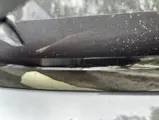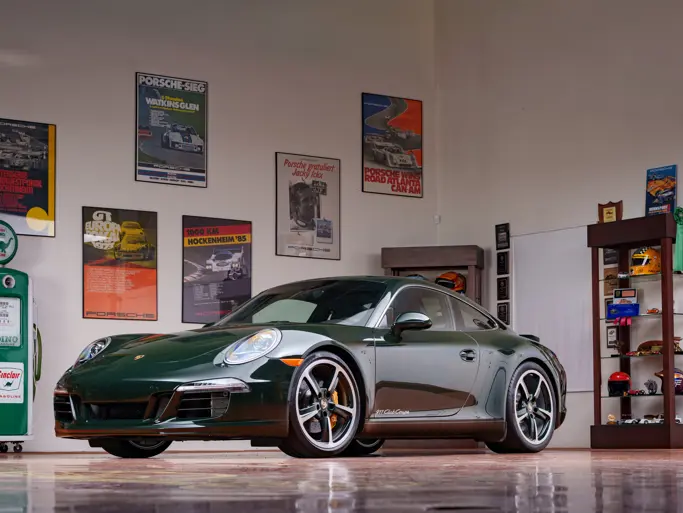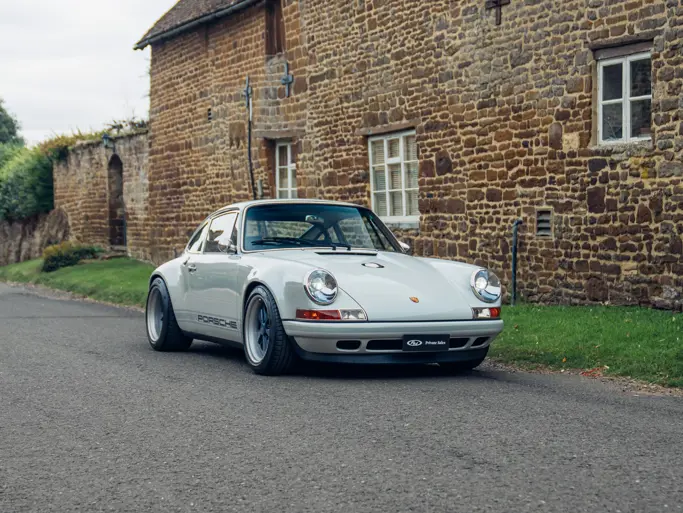It is hard to overstate just how ahead of its time the Porsche 959 project was when it was unveiled as the Gruppe B concept at the Frankfurt Autoshow in 1983 and subsequently as a production example in 1985. Whilst Ferrari and Lamborghini were jousting for the relatively simple accolade of having the World’s Fastest Car, Helmuth Bott’s team of engineers at Porsche were given nigh-on financial free reign and were challenged to create quite simply the world’s most advanced and most capable supercar, in every single engineering department.
“Nigh on” because the one element that remained was the chassis from a conventional 911. Chief designer Dick Soderberg lobbied for a new roof line to improve the 959’s drag coefficient but the exponential cost increase of such a solution was deemed exorbitant. Instead, he and aerodynamicist Herman Wurst designed the now iconic integrated rear wing that eloquently equipped the car with the aerodynamic properties required to safely navigate speeds in excess of 190 mph, whilst keeping aerodynamic drag to an astonishingly low 0.31 Cd.
In every other department, however, the engineers utilised cutting edge technologies, no matter the cost, to unlock hitherto unparalleled levels of performance. It was Bott’s dedication to the ethos that electronics could enhance mechanical performance that made the end result so spectacular.
The 2.85-litre engine was unrelated to anything Porsche had put into a road car before and was instead based upon the designs used to power the 956 and 962 racing cars. The heads were therefore four-valve variants, driven by twin overhead camshafts, and water cooled to cope with the massively increased heat output. The block was still air cooled but housed titanium connecting rods and alloy pistons with Nikasil lined bores to reduce the rotational friction to motorsport levels. When paired with the sequential KKK turbos and latest Bosch Motronic engine management, the unit produced an output of 444 brake horsepower at 6500 rpm; a record for the time, even though it was dwarfed in displacement by the V-12s in contemporary Ferraris and Lamborghinis.
Notwithstanding the remarkable power output from the engine technology, the suspension and transmission systems were where the 959 was truly unique. Despite visually resembling a 911 and sharing its wheelbase, the 959 forewent a trailing link Macpherson strut setup in favour of a double wishbone arrangement for the front and rear, with the chassis suspended on a pair of electronically adjustable shock absorbers at each corner; one to control the adjustable ride height and the other to regulate the stiffness of the suspension. This computer controlled self-levelling suspension enabled the car to dynamically adjust to the driving scenario and was absolutely ground-breaking. Meanwhile, the transmission was a bespoke six-speed all-wheel drive setup, termed PSK, and capable of variably splitting torque between the front and rear axles even in normal conditions before slip had even begun. It was a monumentally expensive system that is still considered advanced by modern standards and it endowed the 959 with all-weather roadholding that its Italian peers couldn’t touch.
The price for all this technology was equally remarkable, 420,000 DM, which at the time would have afforded a Ferrari Testarossa and a Lamborghini Countach. Perhaps even more remarkable was that even at that price, Porsche made a net 50% loss on every one of the 292 959s that were sold.
This particular “Komfort” specification example was delivered in September 1987 and finished in Graphite Black with black and grey leather interior. Its detailed service history shows that it was enjoyed to the full in its early life, sometimes covering in excess of 10,000 kilometers a year. Given the all-weather capability and approachable nature of the 959, this should not come as a surprise and there is a very pertinent argument that cars like the 959 need to be used, enjoyed and maintained to be at their best; this example is proof of that. Indeed, its first ten services from 1987 to 2002 were all carried out by the same official Porsche Centre in Essen, which would have ensured it was kept in fine mechanical fettle. From 2003 to 2008 the car was looked after by the official Porsche centre in Padua, Italy, and subsequently it was cared for by Soli Moreno of Bologna with its history file showing no less than eight visits from 2009 to 2016. At this point the car had covered just under 85,000 kilometers and it has been sparingly used since.
It presents in condition commensurate with its mileage and age and is a very honest example of an enjoyed but well-loved 959. It was forensically inspected and thoroughly appraised by The Porsche Classic Centre in the Netherlands in May 2021, which confirmed its original specification, engine, and chassis number. The report is an extremely useful document for its next owner as it also details every element that he or she might want to address in time to ensure a further 85,000 kilometers of happy motoring. As part of the inspection, which included a short test drive, a safety notice from Porsche states that the fuel lines should be replaced before the car is next driven.
It is truly one of the iconic supercars of the 20th Century, with a comprehensive history file and a mileage that permits continued healthy use with little to no impact on its value.





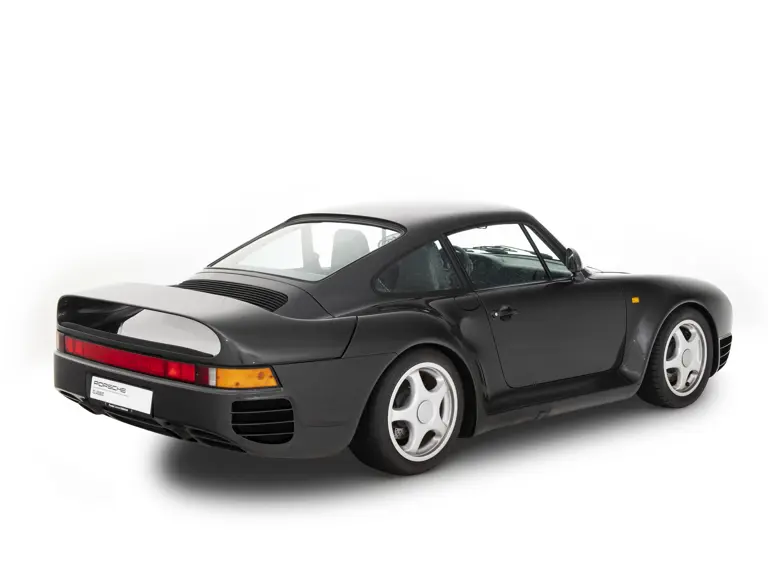

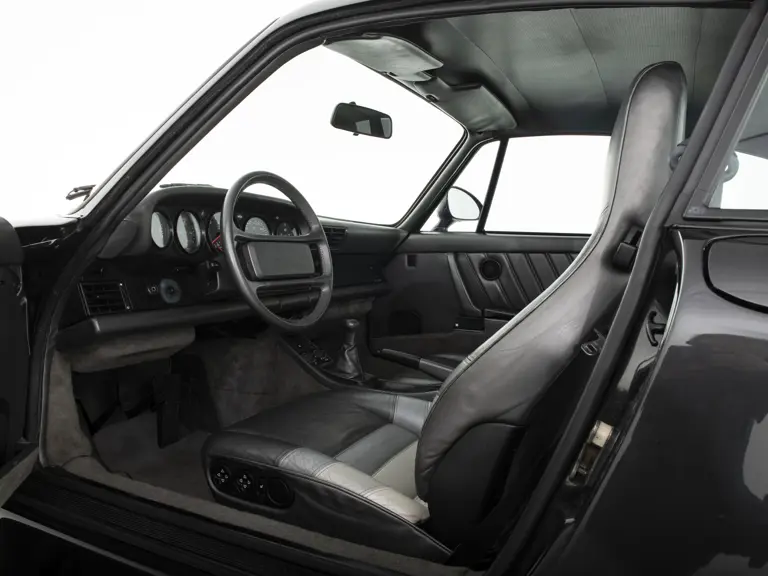



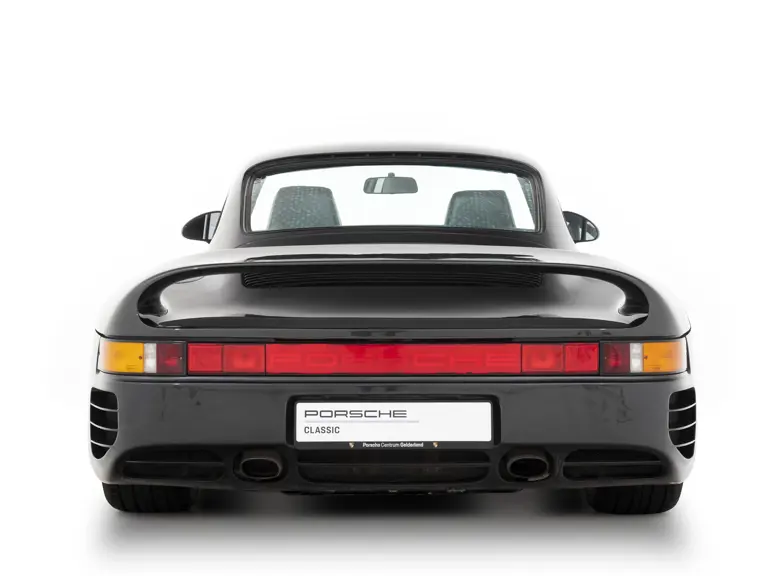
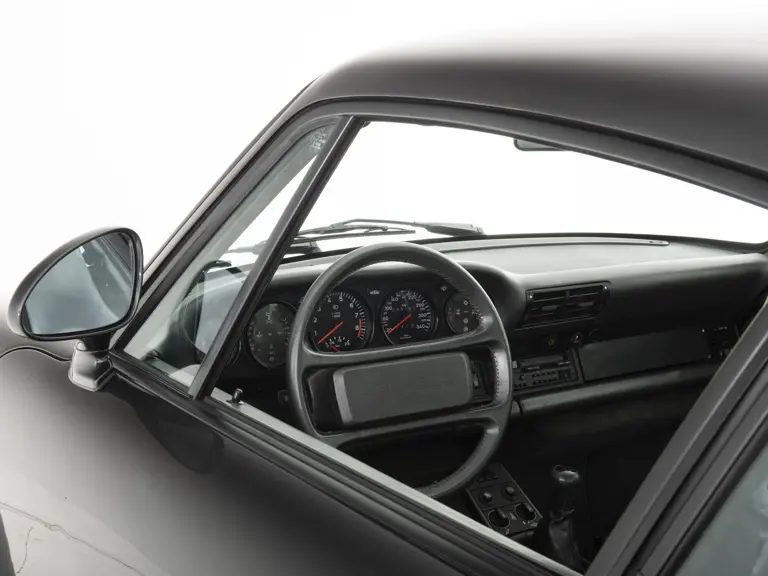
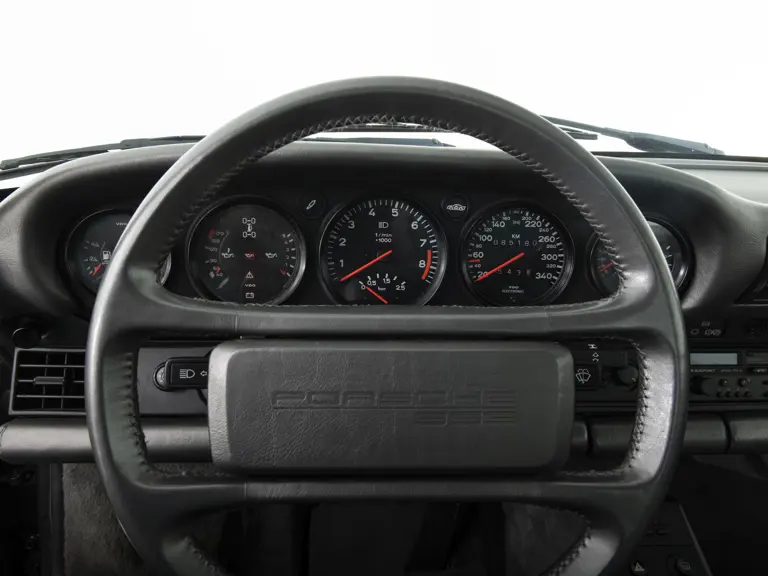



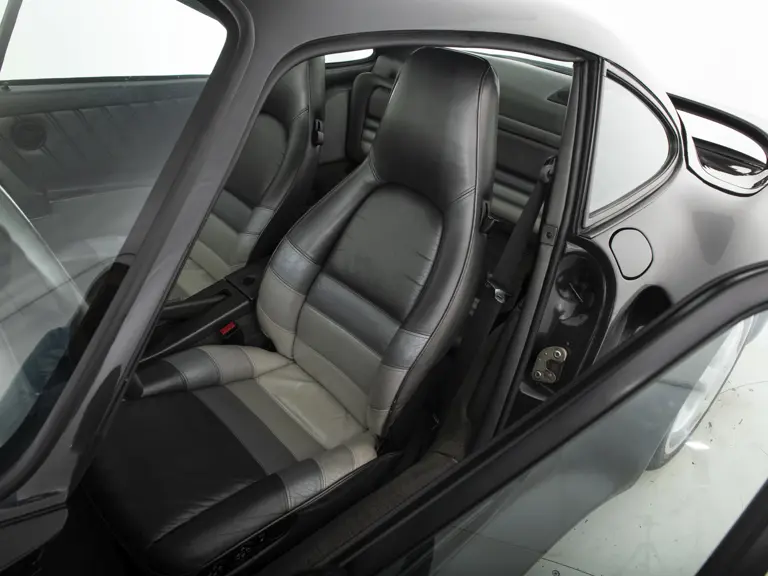
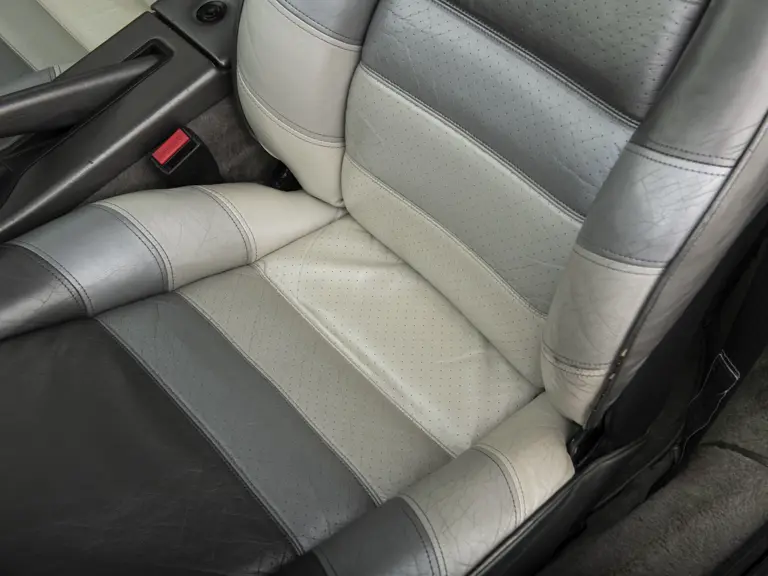
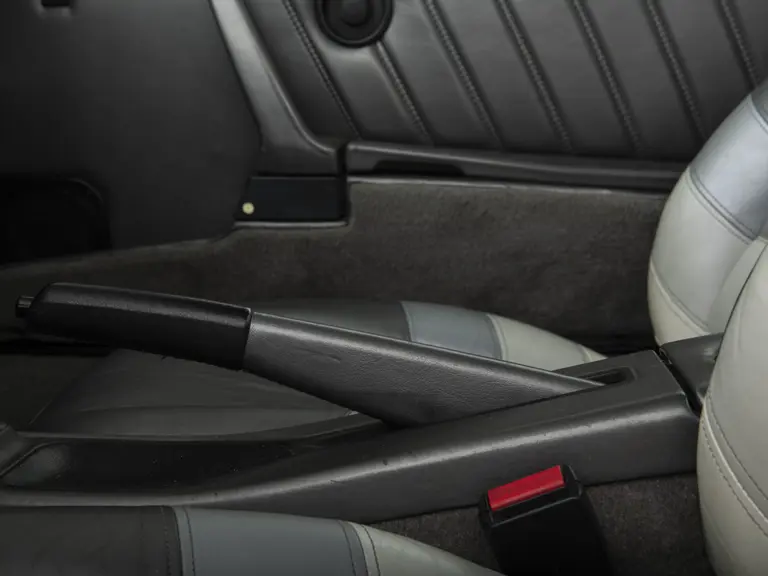
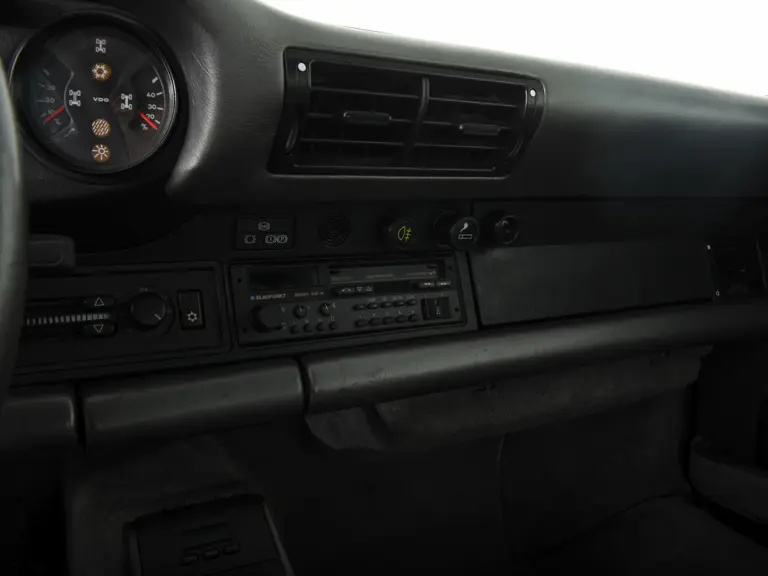
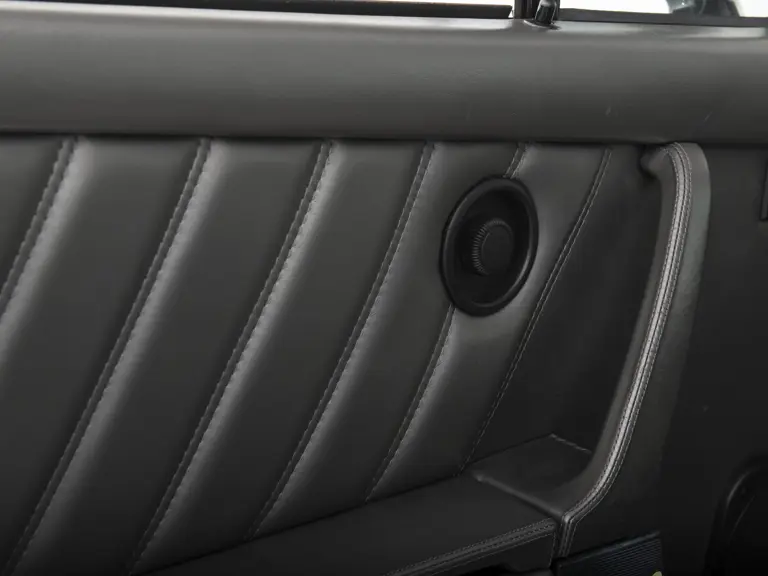
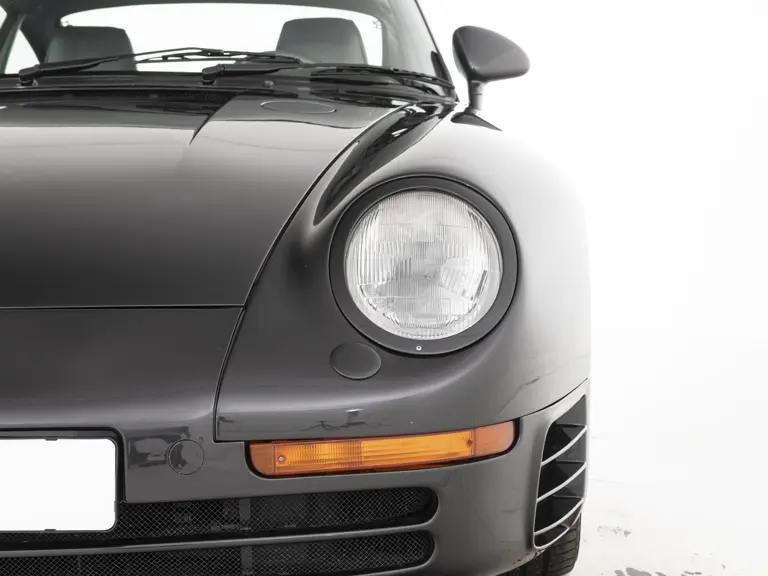
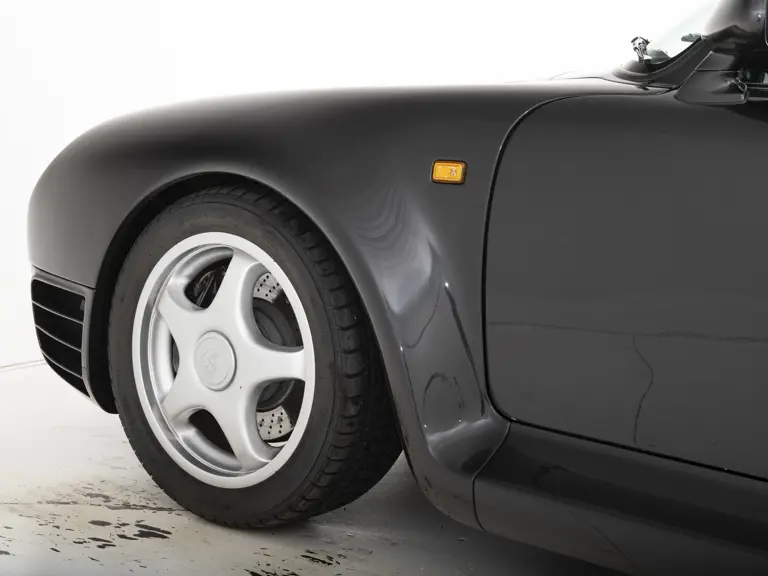



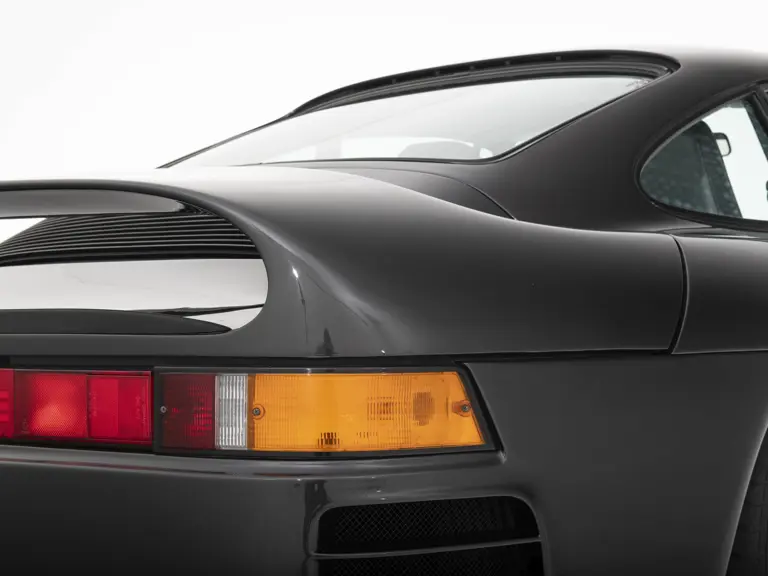

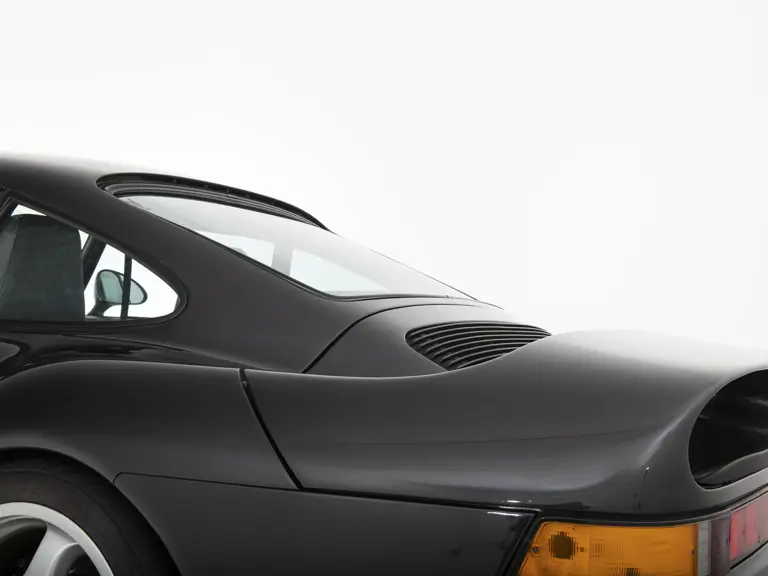
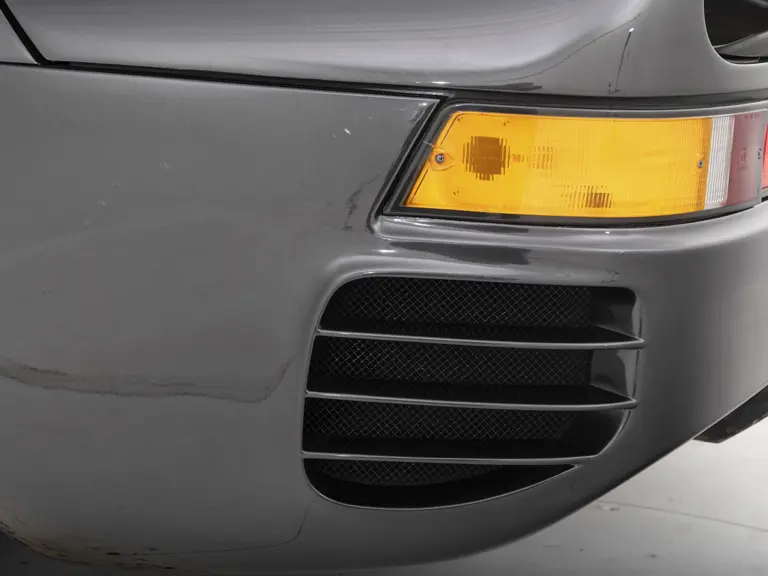

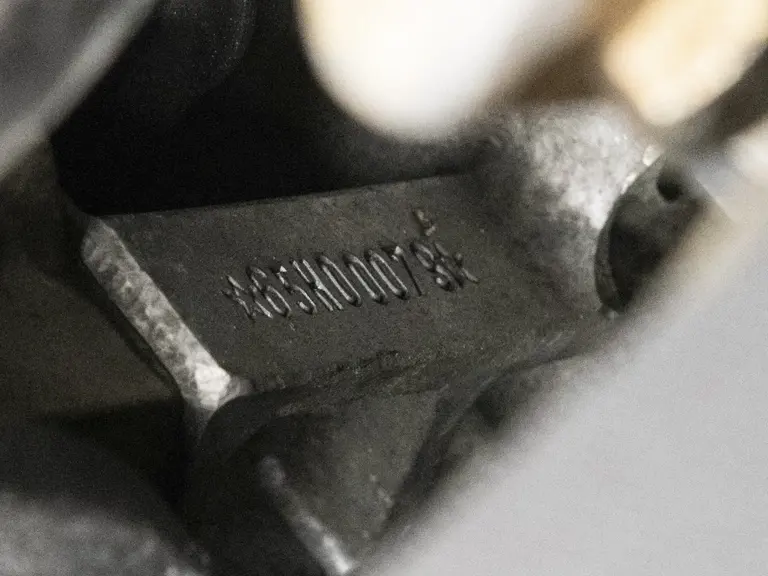
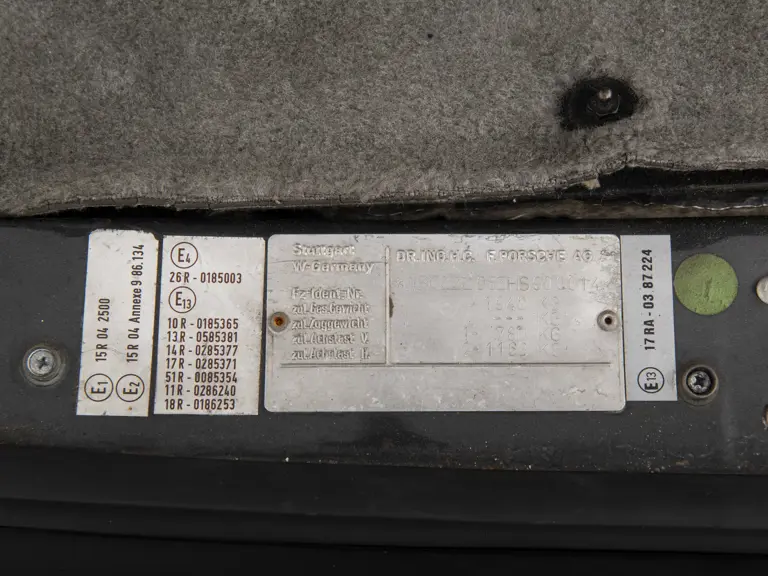
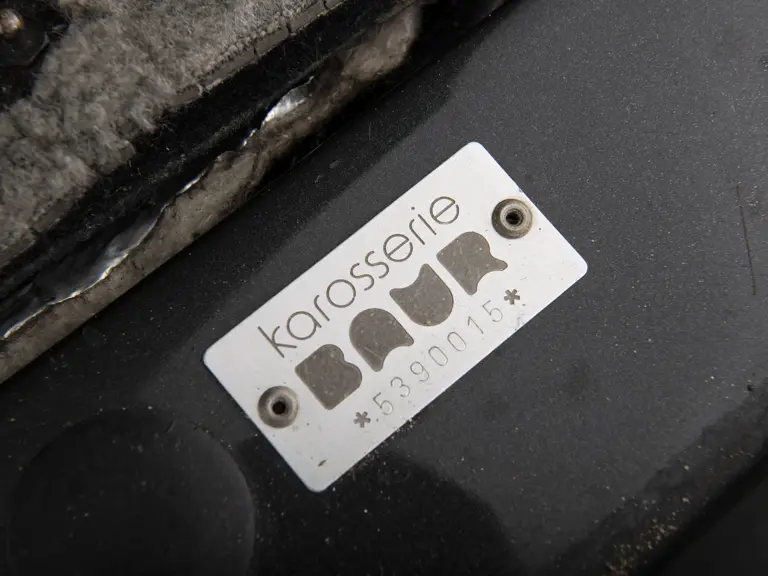
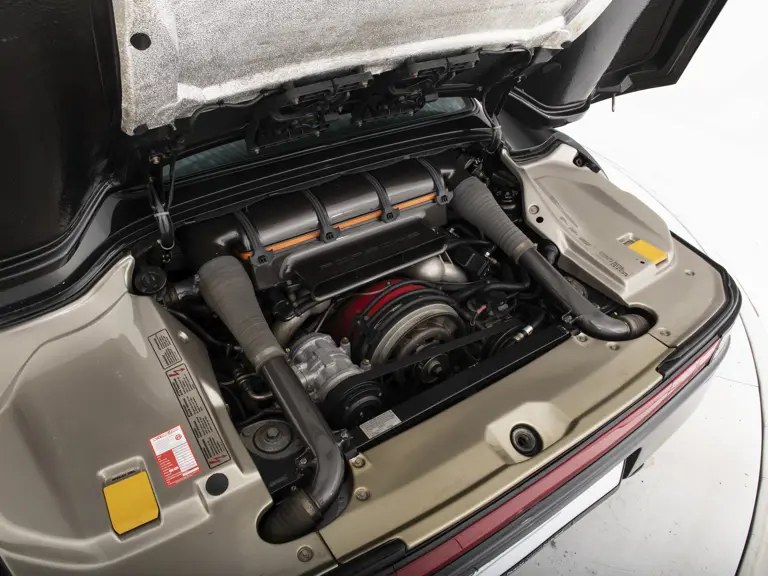


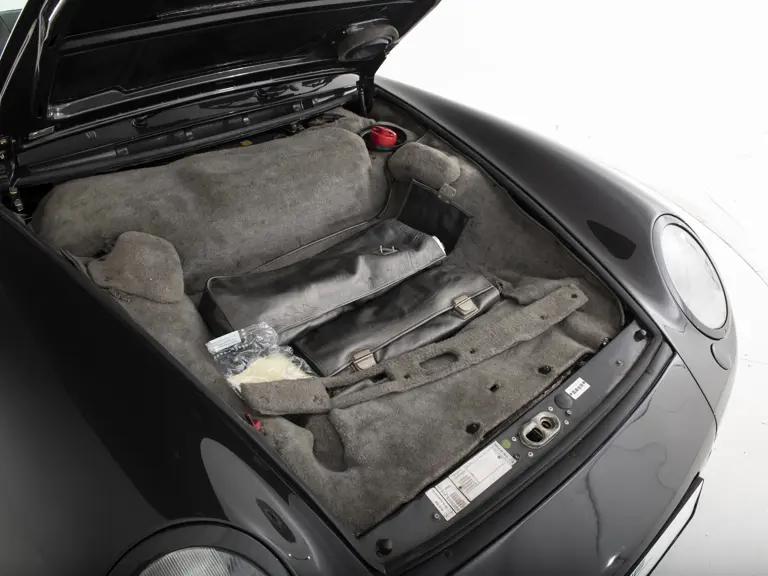

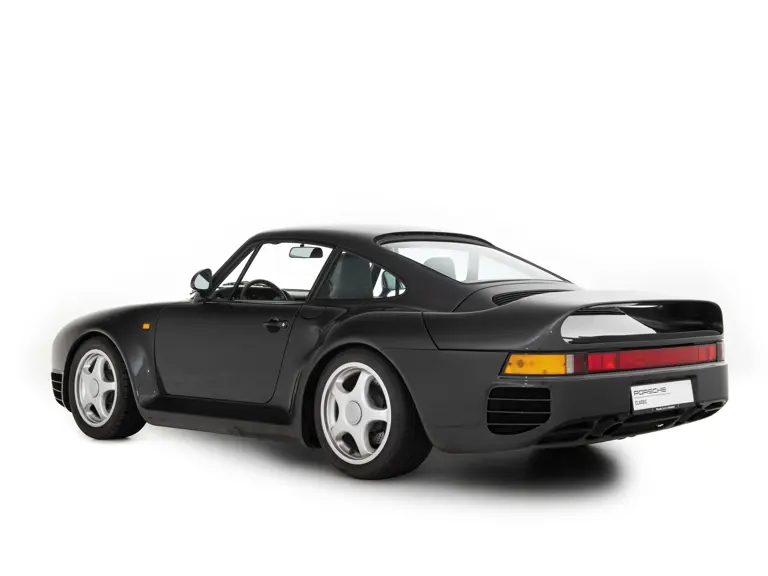
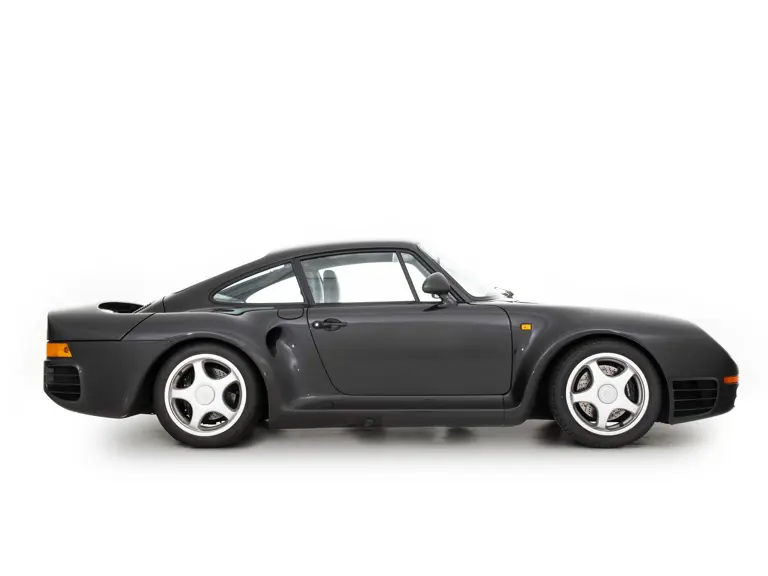
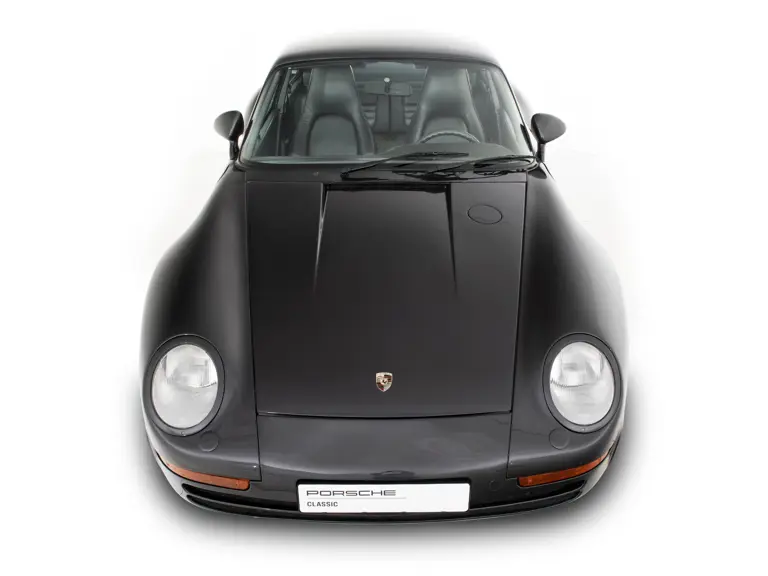
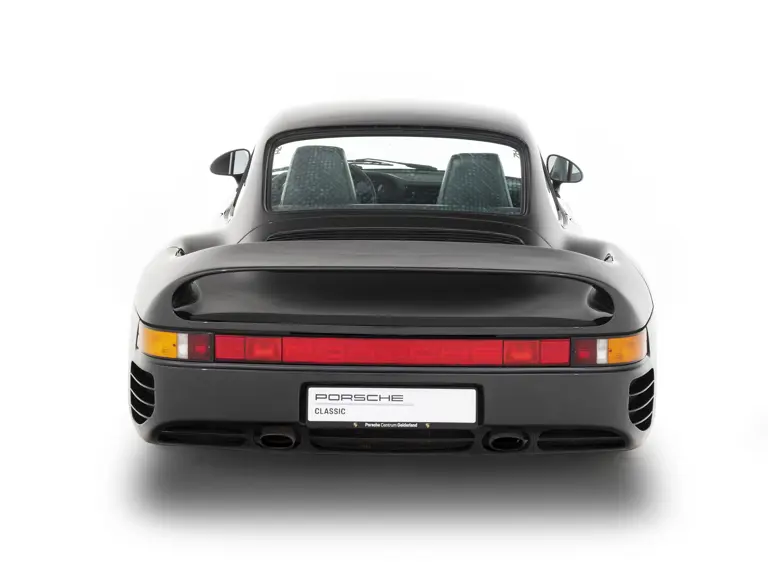





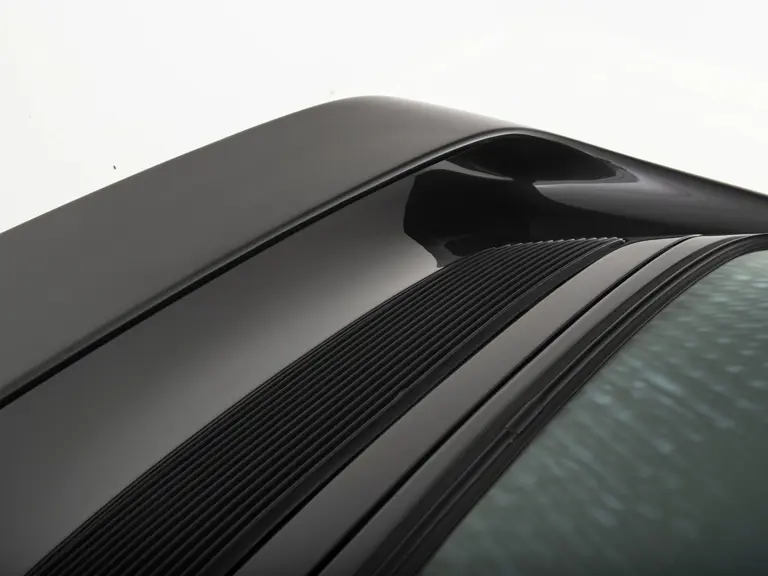
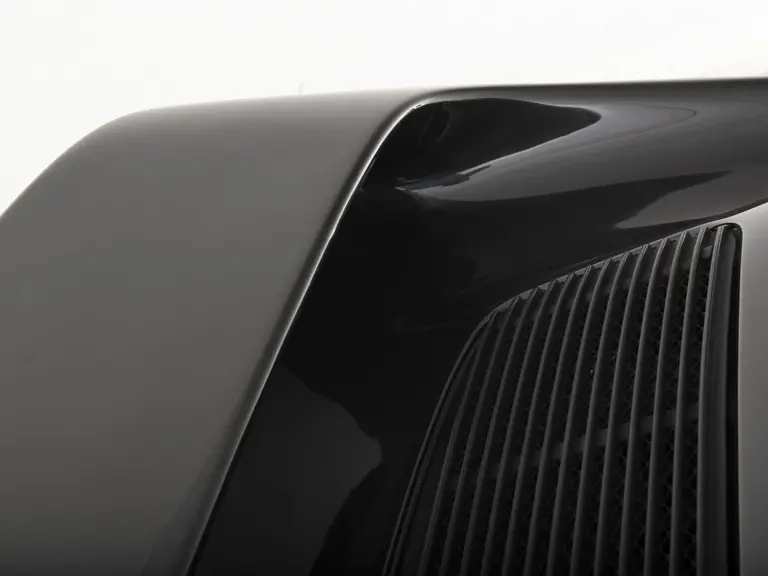


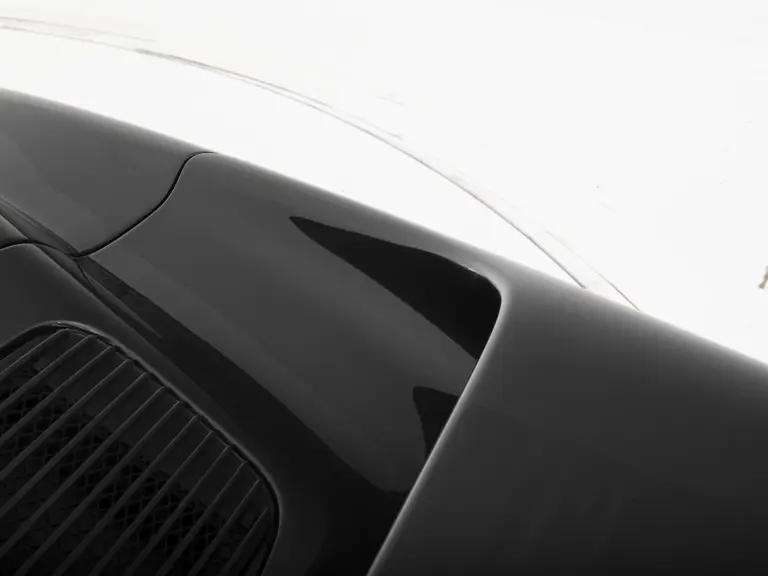
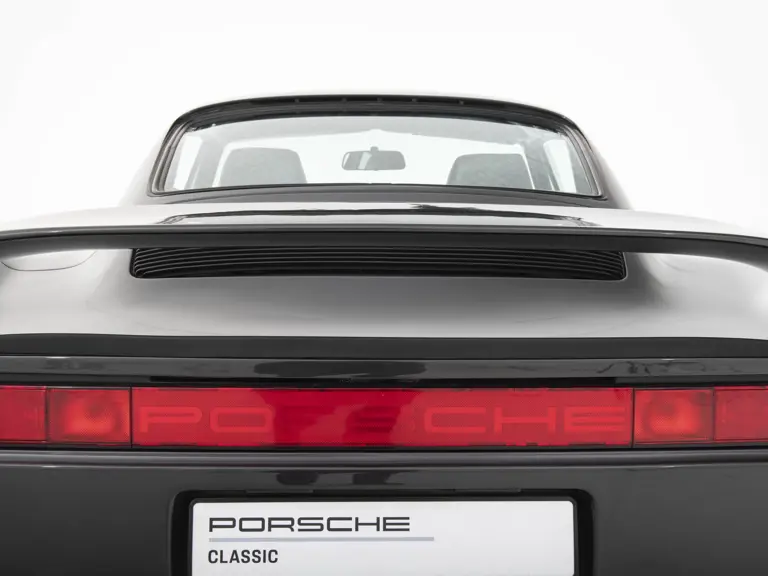




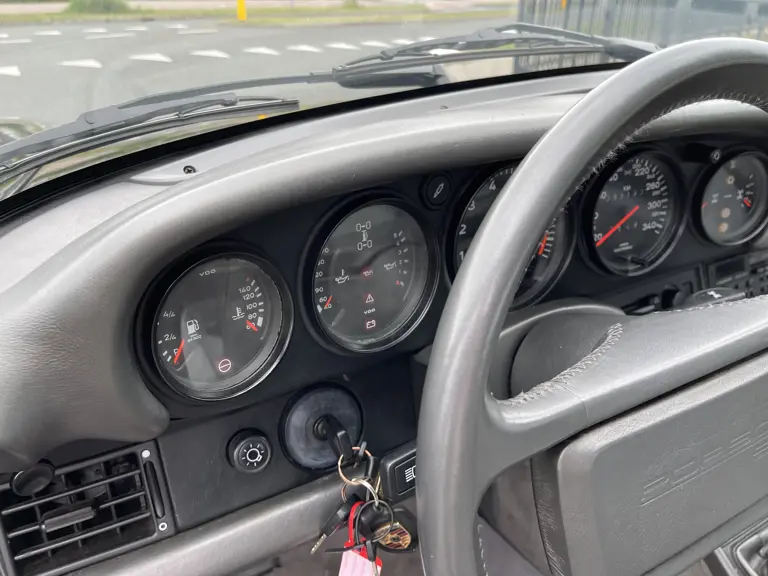

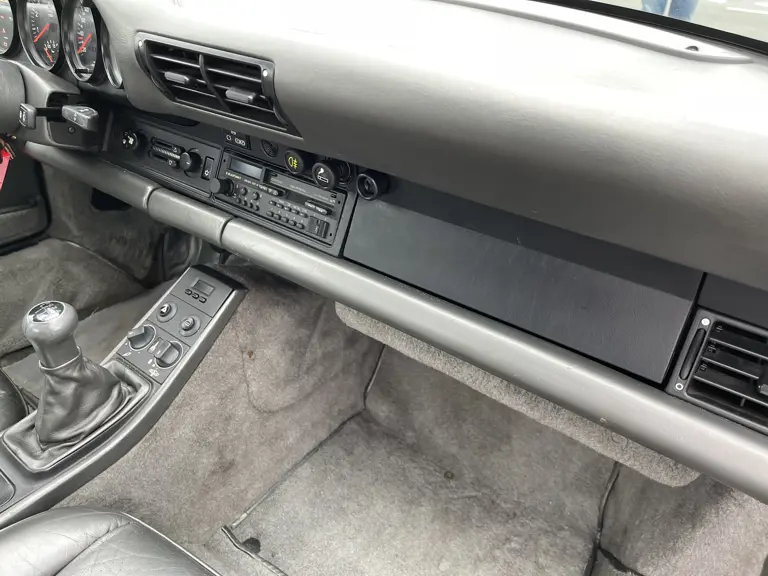
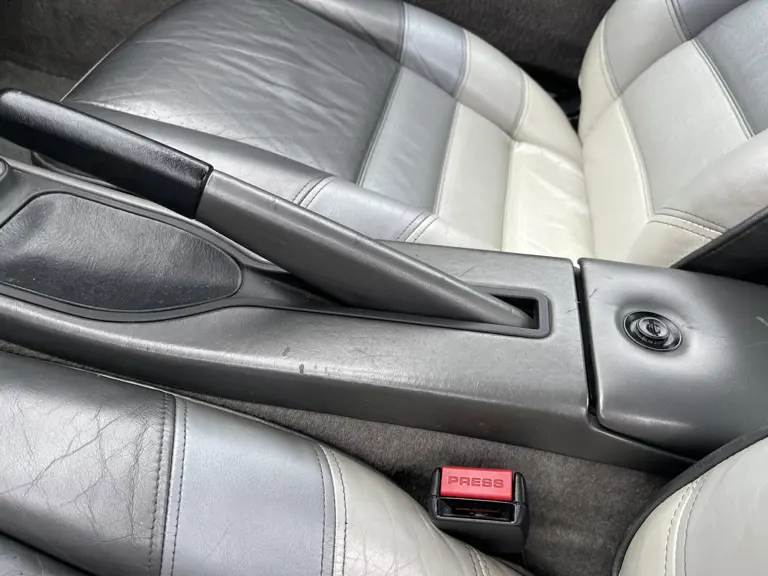
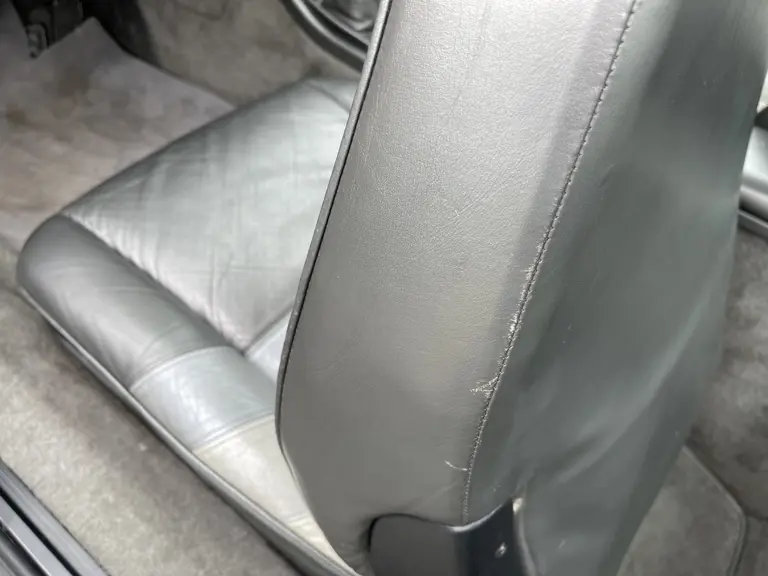
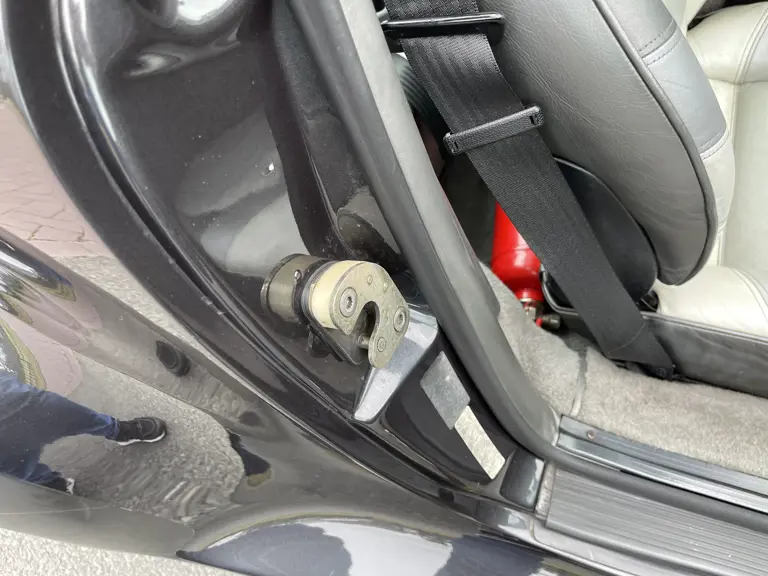
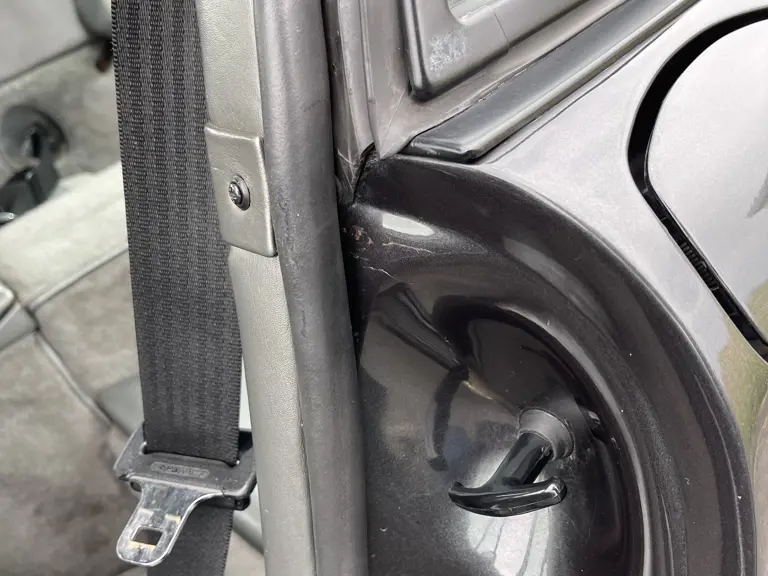
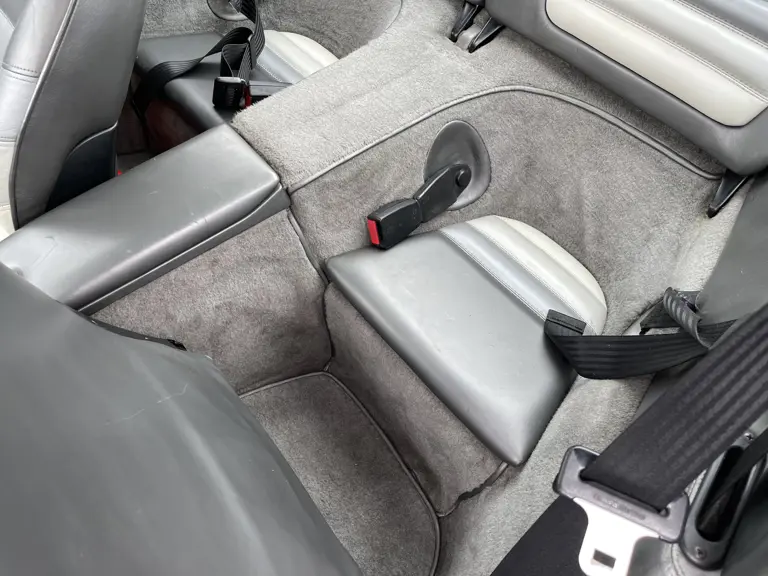

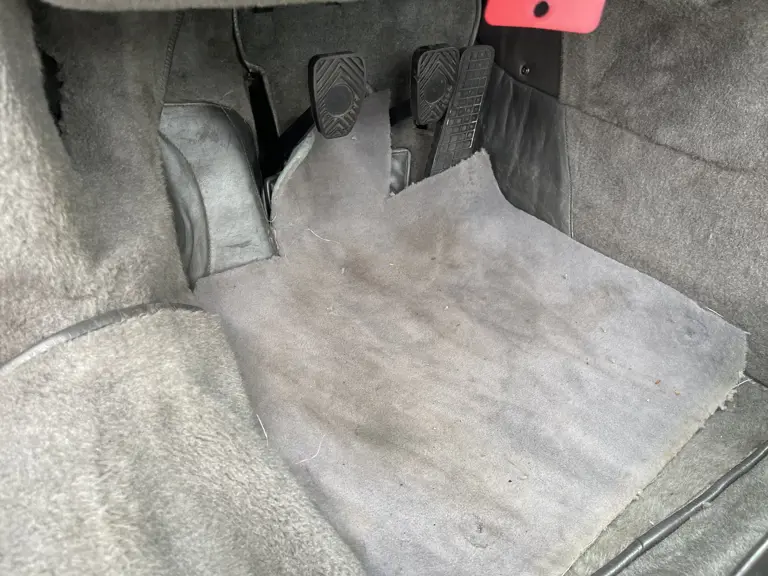
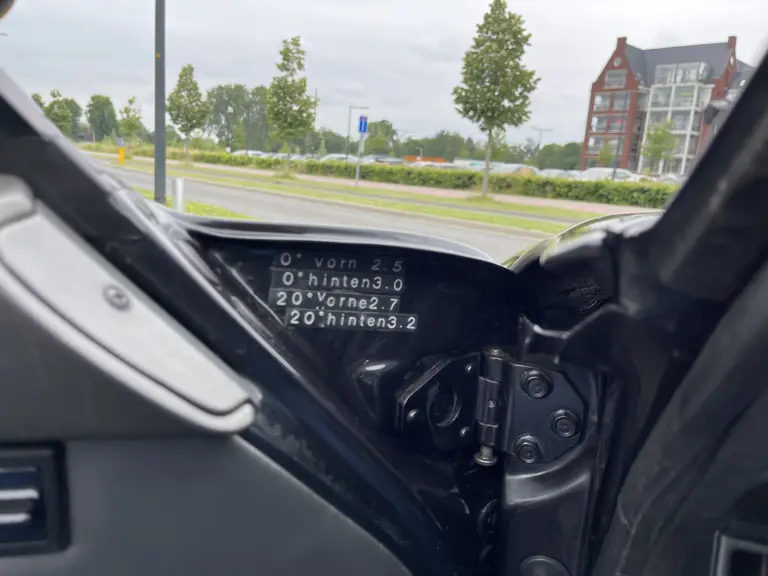
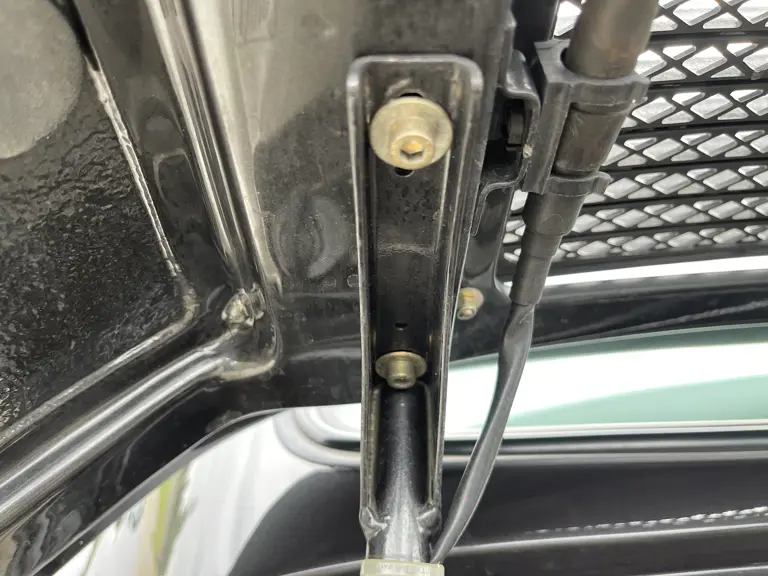
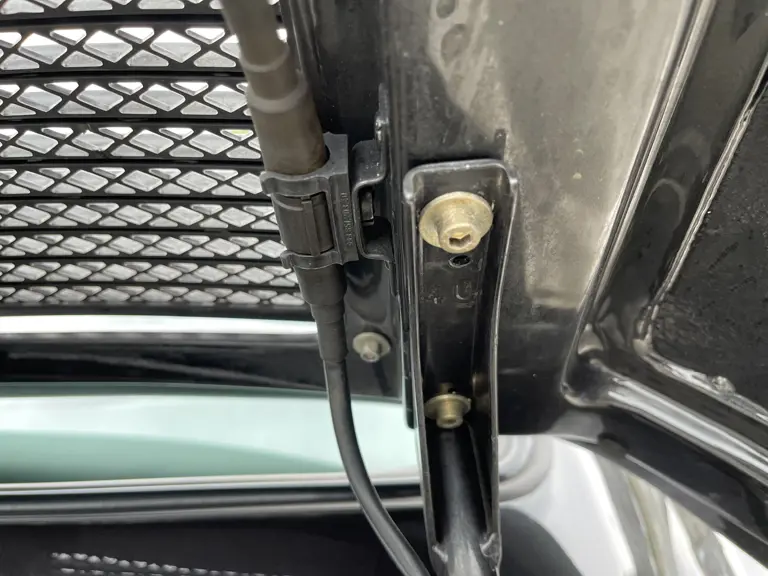
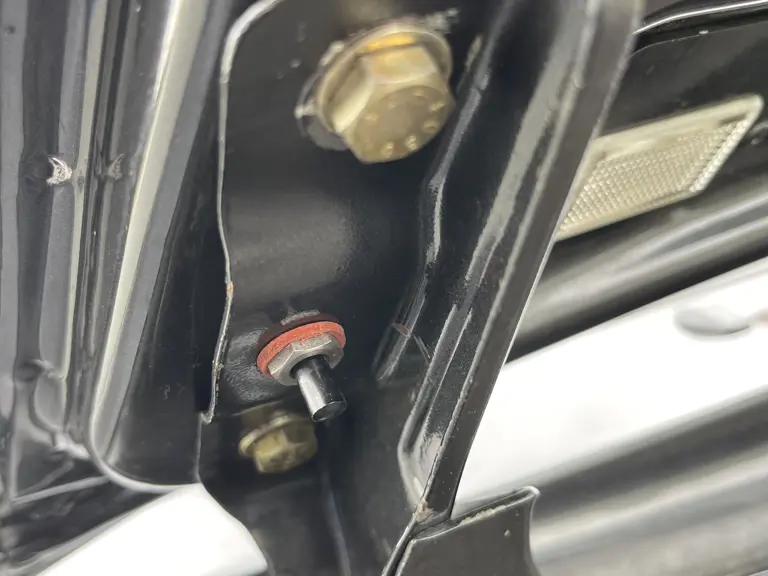

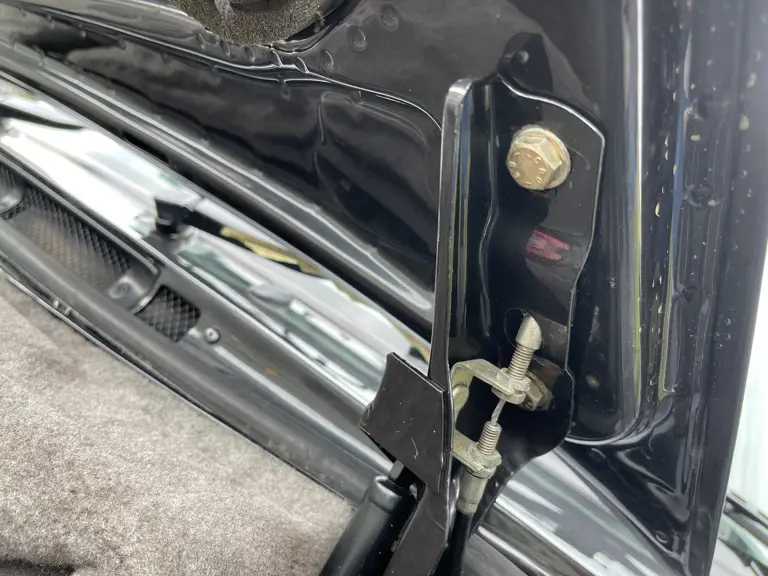



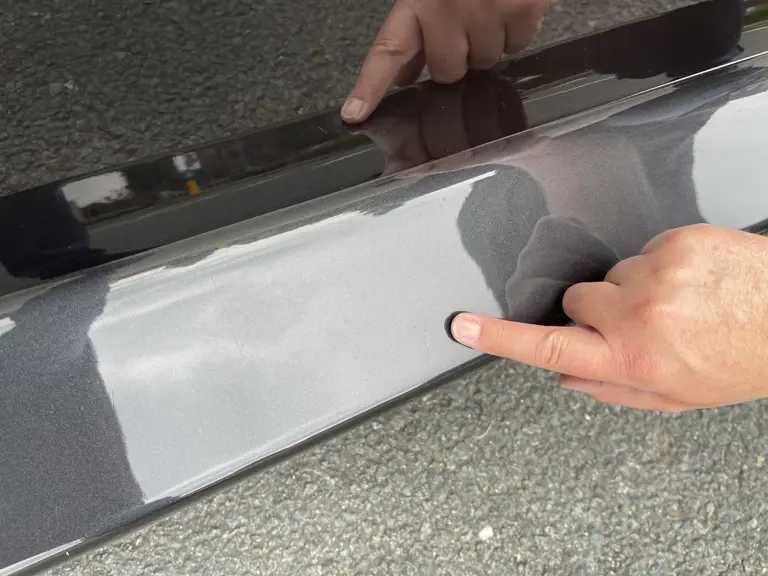
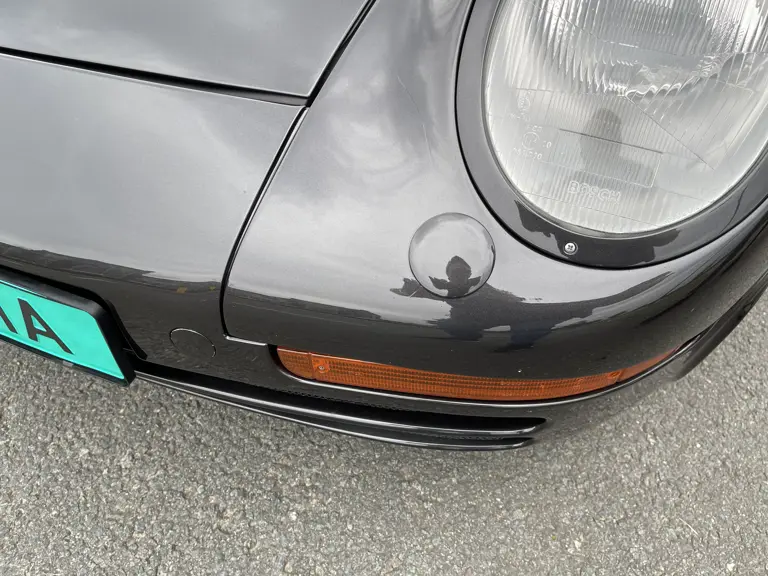
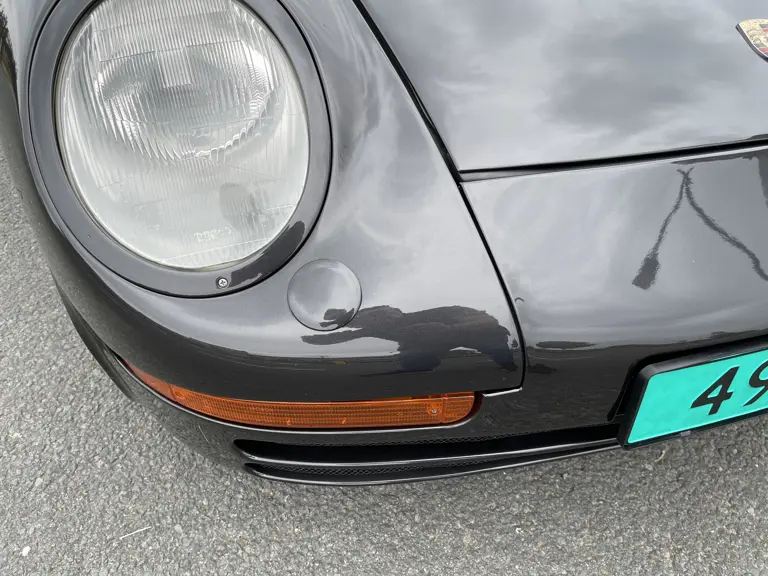

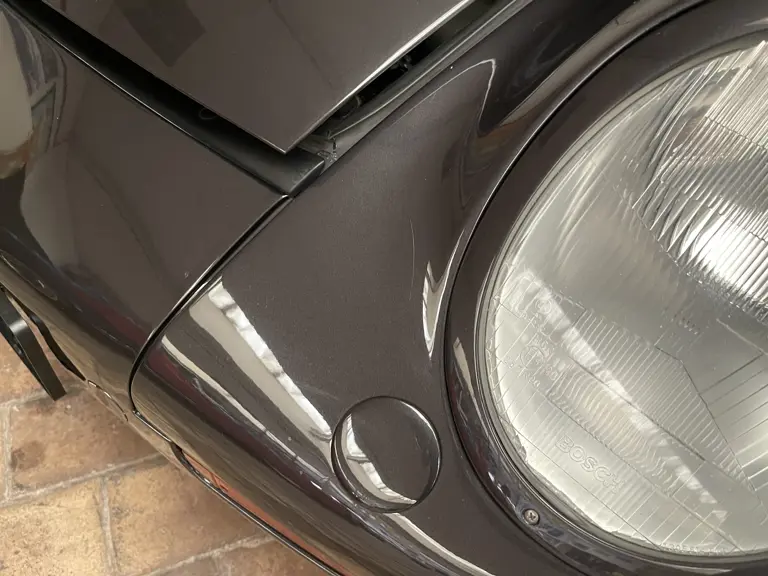

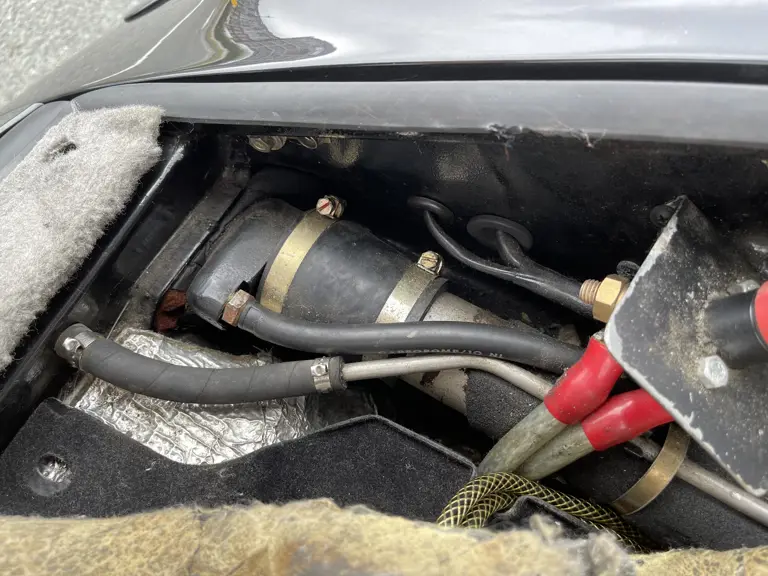
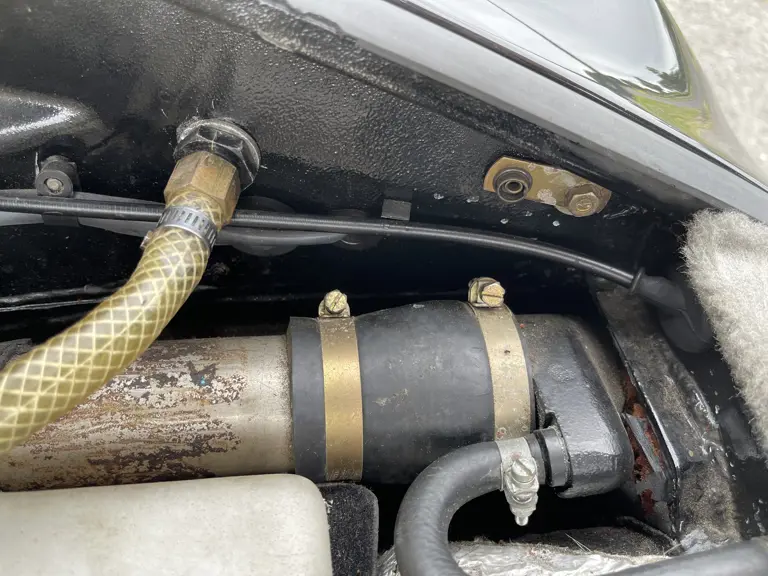
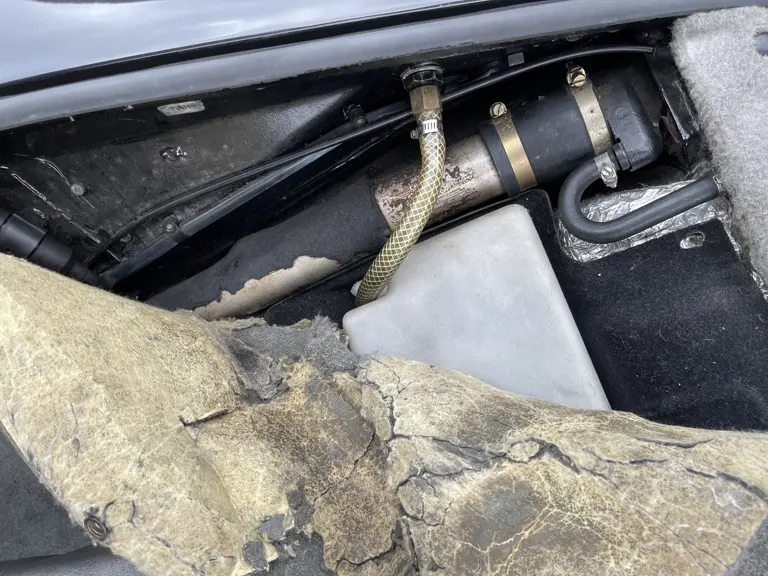
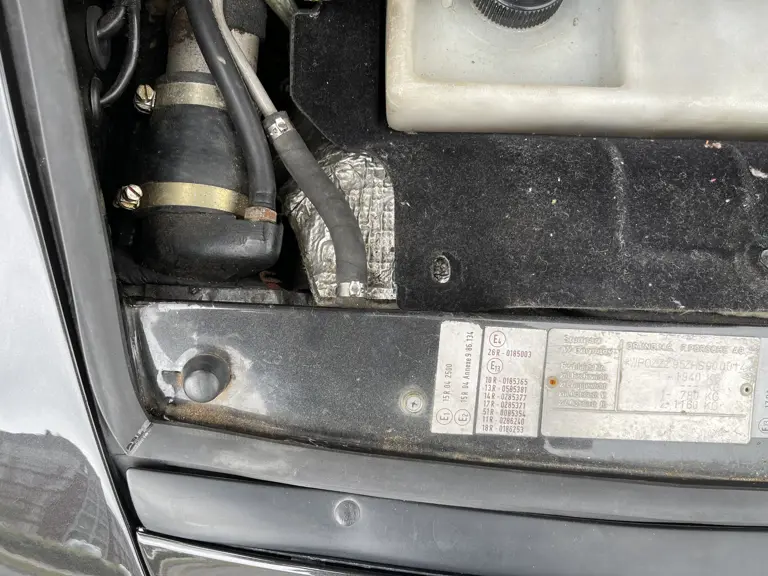

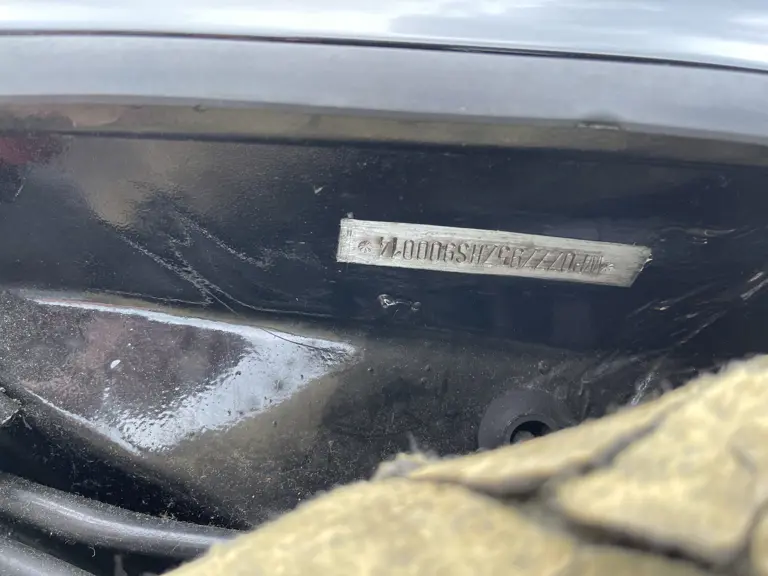

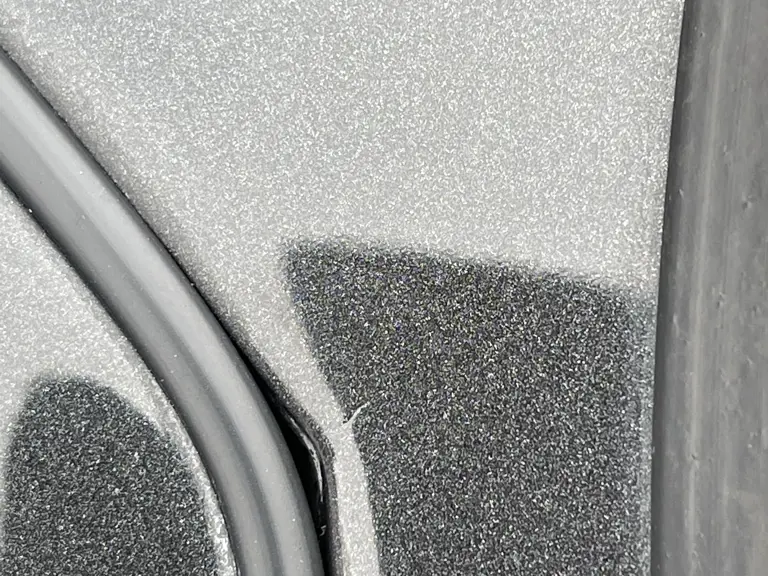
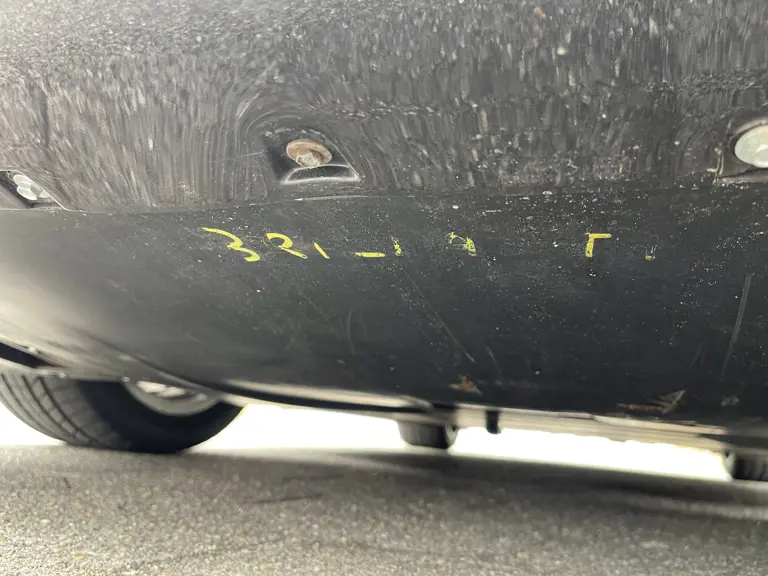
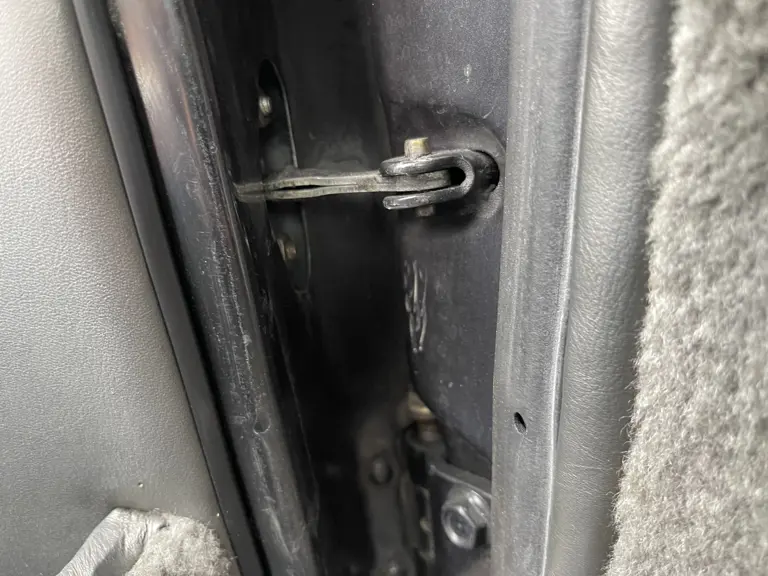

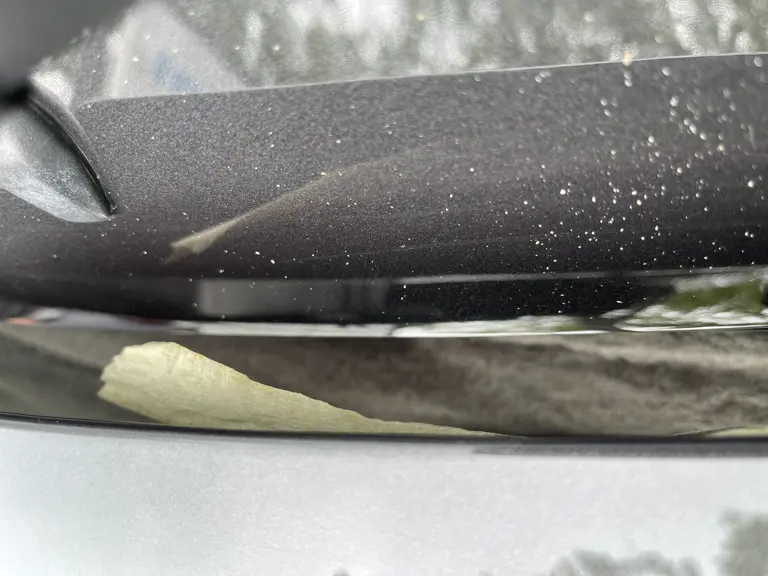
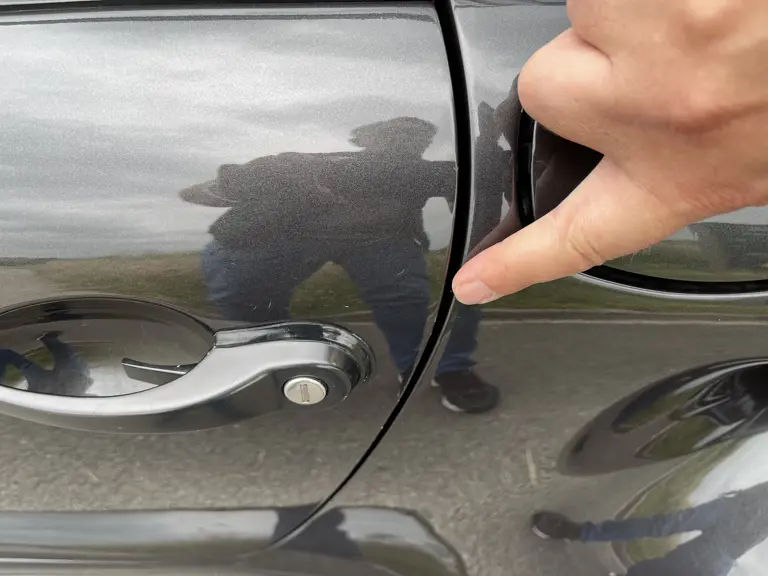
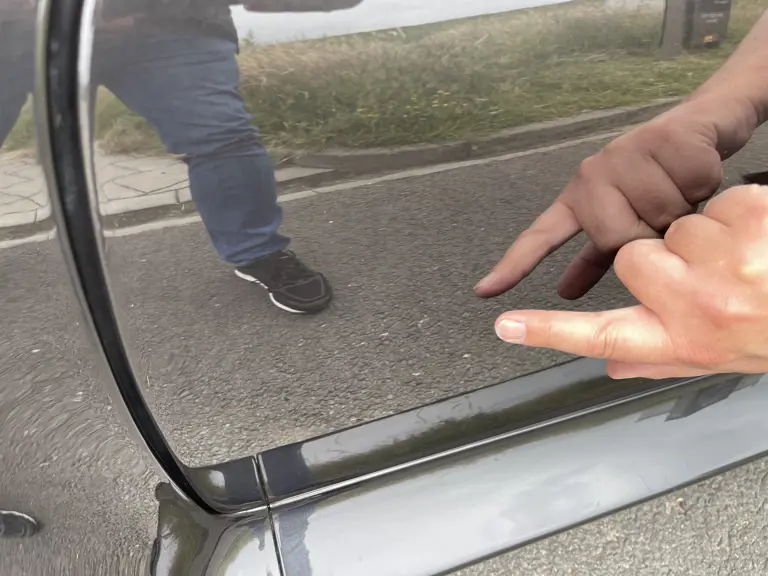
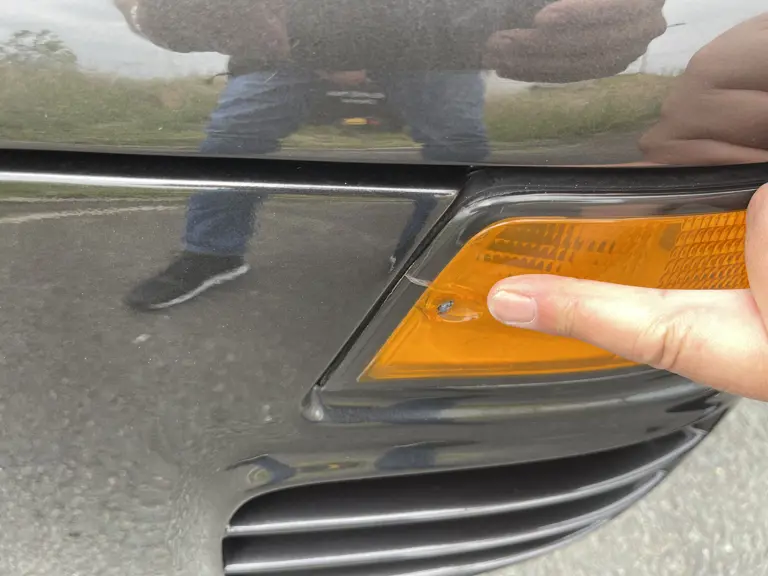

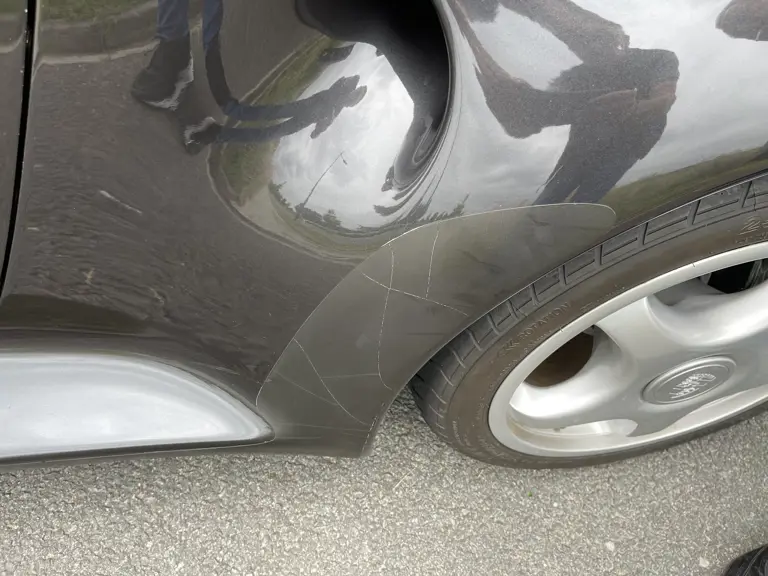
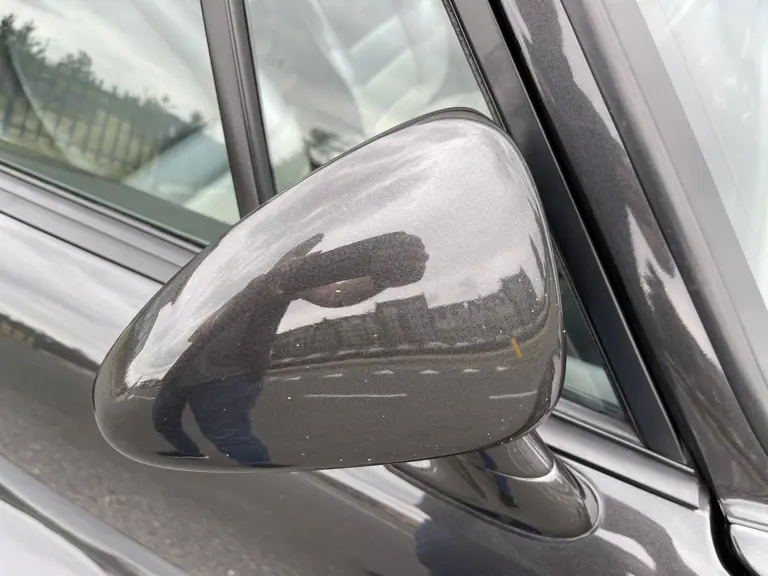
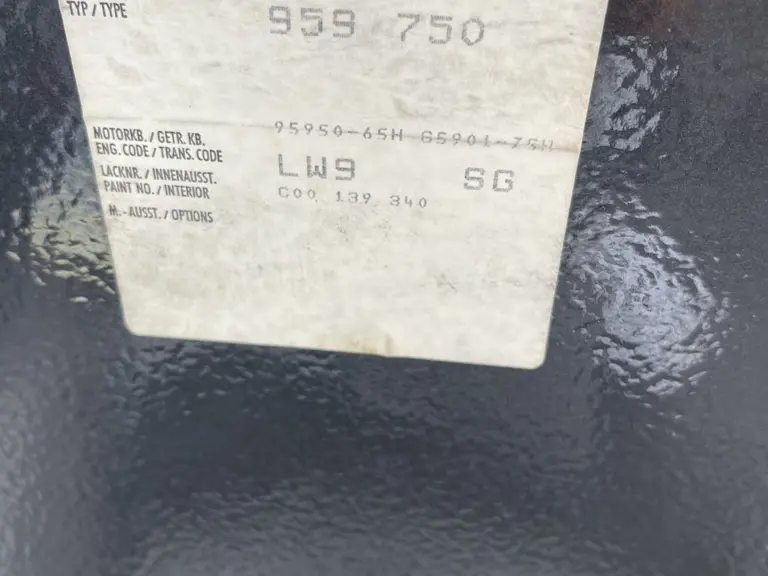

 | Tilburg, Netherlands
| Tilburg, Netherlands

